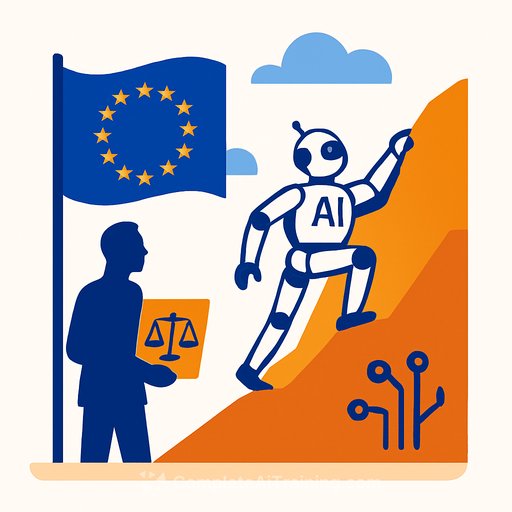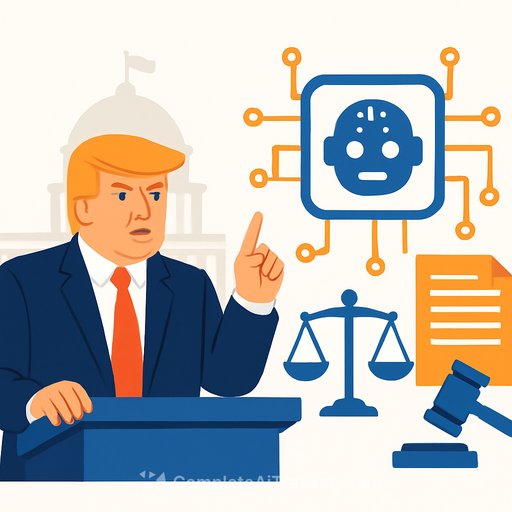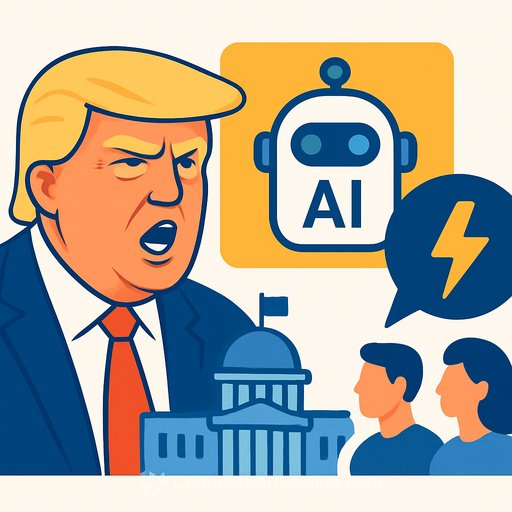The European Artificial Intelligence Act: Challenges and Adaptations
The European Artificial Intelligence Act (EU AI Act) began its rollout on August 1, 2024, setting a new regulatory standard for AI systems in the European Union. However, with the technology advancing steadily, the act faces the challenge of staying relevant and effective over time.
The legislation categorizes AI systems by their risk levels—unacceptable, high, limited, or minimal—and applies corresponding rules. While prohibitions on unacceptable risk AI have been active since February 2025, new provisions including governance standards, regulations on general purpose AI models, and sanctions come into force in August 2025. Full implementation is expected by 2030 due to certain exemptions.
A Quiet Start with Growing Impact
Though some measures like the ban on high-risk AI and the establishment of the European AI office are already in place, their visibility has been limited. Sanctions are only starting now, so widespread enforcement and media attention are expected to increase.
The act's influence varies across companies and countries. Large corporations have begun adapting early, while smaller businesses face challenges due to bureaucratic and financial burdens. Differences in implementation also exist among member states, with Spain pioneering the creation of a national AI supervisory authority.
Some experts argue the regulation is not keeping pace with AI’s quick development. New AI applications, like real-time image recognition and multimodal models combining text, image, and audio, are pushing boundaries that current regulations do not fully cover. Additionally, military use of AI and mass surveillance platforms remain largely outside the law’s scope.
Areas Needing Improvement
The EU AI Act’s design allows for adjustments through international standards, which can be modified more quickly than the legislative process. This flexibility is essential for adapting to new AI developments and unforeseen scenarios.
Regulators must establish dynamic mechanisms for continuous updates without sacrificing legal certainty. Another critical area is post-market monitoring, including systematic fundamental rights impact assessments for AI systems already in use.
Open source AI projects present a regulatory gray area. The definition of “provider” is unclear, raising questions about responsibilities for modifications made by third parties. Furthermore, the administrative load on small and medium-sized businesses demands simplified compliance procedures and potential subsidies.
Transparency and data protection also raise concerns. The requirement to register high-risk AI systems in a centralized EU database has sparked fears over trade secrets and excessive centralization of authority.
Looking Ahead
After more than a year in force, the AI Act has laid an important foundation but must evolve to remain effective. Continuous review, clearer guidelines for small players, and balanced safeguards for innovation and fundamental rights will be crucial.
For government professionals handling AI policy or compliance, staying informed about these changes is vital. Monitoring updates and engaging with evolving standards will help maintain the regulation’s relevance and foster responsible AI development across Europe.
To deepen your knowledge and skills on AI regulations and practical applications, consider exploring specialized courses at Complete AI Training.
Your membership also unlocks:






